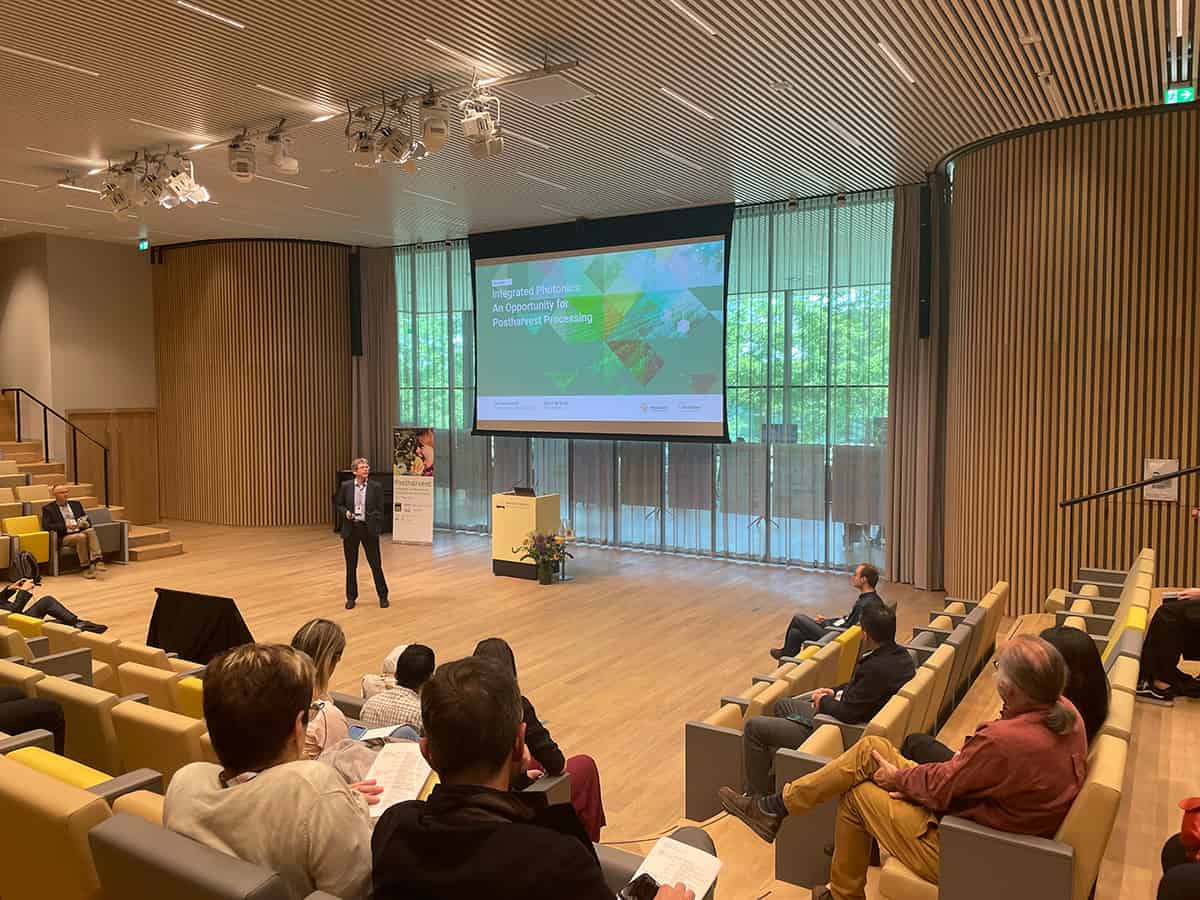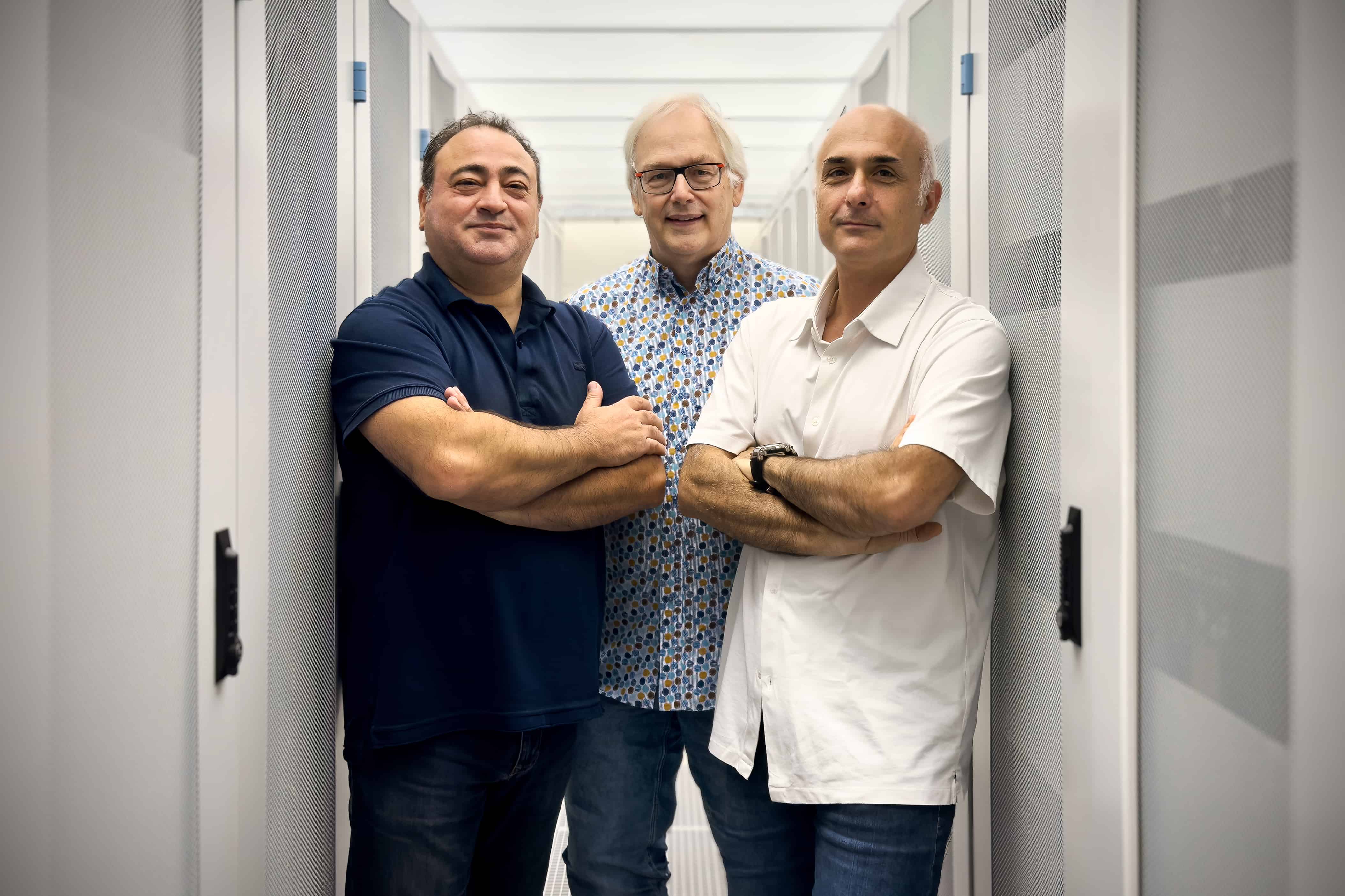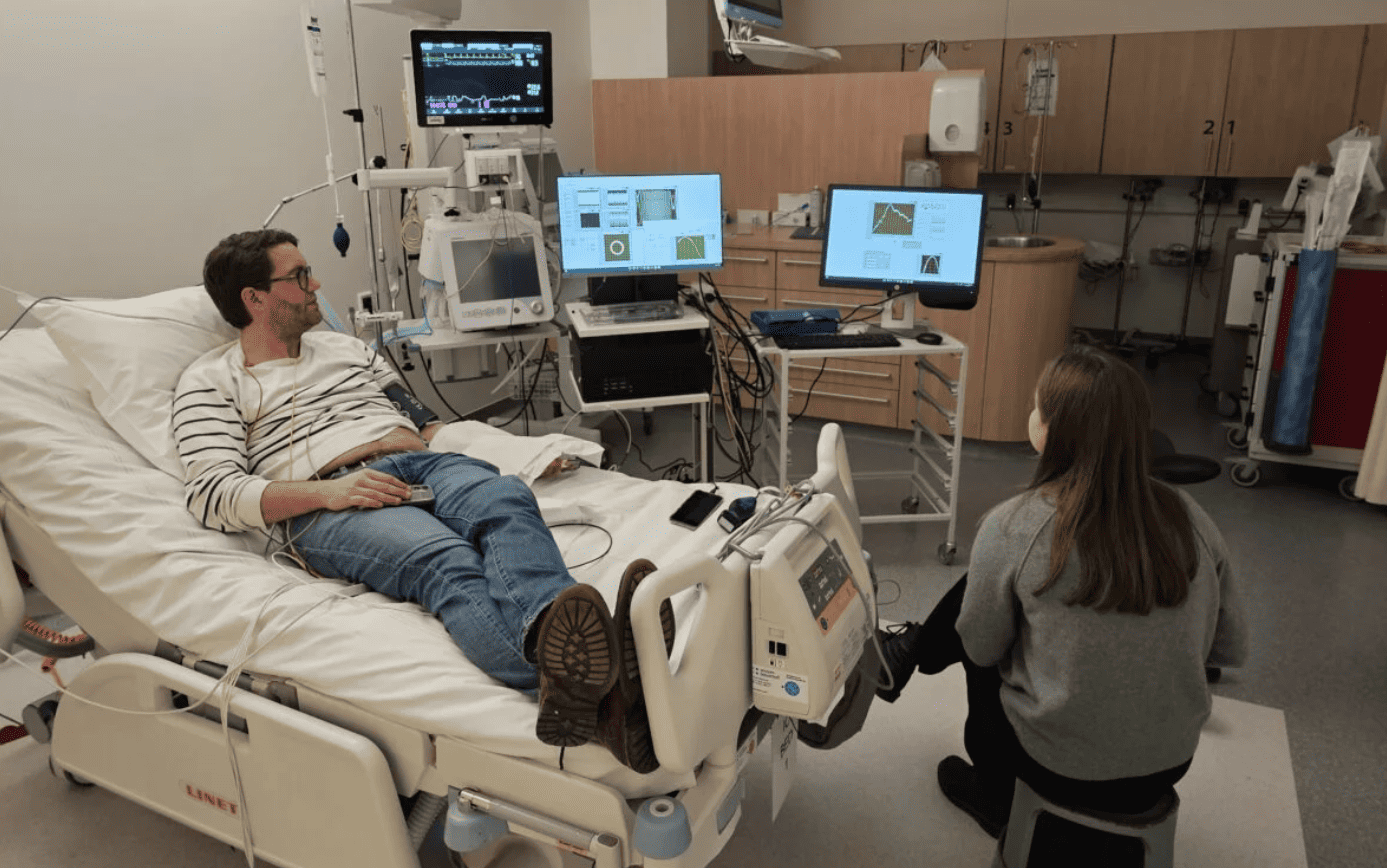
PhotonDelta and AIM Academy are hosting the first meeting of the World Technology Mapping Forum this week. The goal is to produce the first International Photonic Systems Roadmap, looking ahead to global technology needs in 2030 and beyond. In a short series, we offer three views on why Photonics Roadmapping Forum is so important. Today part 2: KG Charles Harris
KG Charles Harris is the CEO of Quarrio, an artificial intelligence enterprise in Berkeley California.
“Photonics development is crucial to us in a.i. The way that artificial intelligence works today is fundamentally different from the way it needs to work tomorrow. Photonics is an instantaneous technology. Light is already starting to impact the basic computing infrastructure, responding to market demands for ever faster processing (think High-Frequency Trading). Companies such as IBM, Intel, Microsoft, and Google have the deep pockets to invest in the high-volume chips. But there is also a role for small scale-up enterprises building specific applications using systems built directly on a dedicated photonics chip.”
“Many of today’s technologies like the search engine, satellite communication, today’s high-speed Internet, the relational database, or modern voice controlled services like Siri, Cortana or Alexa owe their existence to long-term planning conferences organized decades ago.”
DARPA, a defense agency run by the US Military, is credited with the early development of the Internet. The International Technology Roadmap for Semiconductors (1998-2016) was also an excellent initiative, bringing together just under 1,000 global companies to map the next 15 years. That contributed to the development of smart chips in consumer tablets today containing over 2 billion transistors. However, semiconductor innovation is slowing as the industry faces fundamental technological limits.
“Unfortunately, we have become more focused on just applied research and much shorter- term thinking. If we in the West want to compete, keep up or collaborate with China, we must think longer-term. They have 5, 15, 50-year plans – all in technology. In the 1990’s, China was mainly the source of low-level technology and products. Today their companies compete with Cisco, Google, and Apple.”
“But still, no single person or country has a key to all the answers. We need to collaborate because a true mixing of the minds will create results that benefit everyone.”







